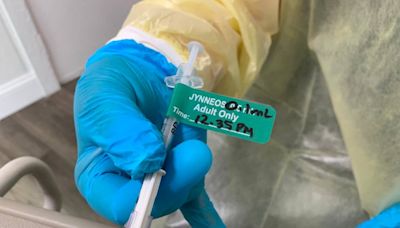Search results
May 7, 2022 · A fever is a temporary rise in body temperature. It's one part of an overall response from the body's immune system. A fever is usually caused by an infection. For most children and adults, a fever may be uncomfortable. But it usually isn't a cause for concern. For infants, however, even a low fever may mean there's a serious infection.
The 5 types of fever are intermittent, remittent, continuous or sustained, hectic, and relapsing. A fever is a physiological problem when your body temperature is above the normal range. An elevated body temperature usually accompanies an underlying condition. Your body increases your temperature to help fight infection or signal a problem from ...
Nov 15, 2023 · A fever is a sign of an illness or infection. When you have one, you may notice these symptoms: ... A fever can be a sign of several health conditions, which may or may not need medical treatment ...
What are the most common causes of fever? A fever has many causes and can be a symptom of almost any illness. Common conditions that cause fever include: Bacterial infections. Viral infections such as influenza or COVID-19. Gastrointestinal (GI) infections. Urinary tract infections. Skin infections. You may also develop a fever due to:
Sep 8, 2024 · A high temperature (fever) is usually associated with physical discomfort and most people feel better when a fever is treated. However, depending on age, physical condition and the underlying cause of the fever, it may be best not to treat the fever. Many experts believe that fever helps the body fight off infections naturally..
Jul 18, 2024 · If your temperature is higher than normal but it’s lower than 100.4 F, your doctor may say that you have a low-grade fever. A mild illness, like a cold or an ear infection, may cause one. Some ...
People also ask
Is a fever an illness?
Is a fever a sign of a serious infection?
What is a fever a sign of?
What causes a fever?
How does fever affect a person's health?
One difficulty is that if antibiotics are the cause, the illness being treated may also cause fever. Sometimes a clue is that the fever and rash begin after clinical improvement from the initial infection and without worsening or reappearance of the original symptoms (eg, in a patient being treated for pneumonia, fever reappears without cough, dyspnea, or hypoxia).





